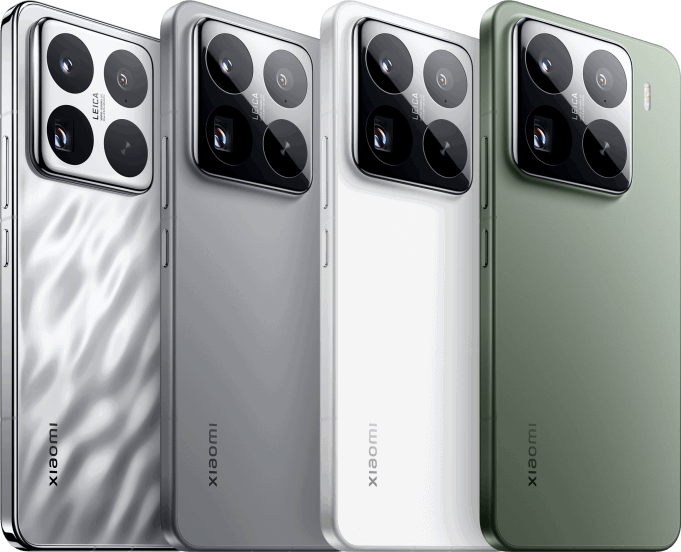A version of this story first appeared in Gear Patrol Magazine. Subscribe today for more stories like this one, plus receive a $15 gift card to the Gear Patrol Store.
Everything old is new again, and has been for a minute. The staggering resurgence of vinyl, with sales increasing every year since 2006 to a peak of 27.5 million LPs sold in the United States in 2020, is so cemented that it hardly seems fair to describe it merely as a “trend.” Now the humble cassette tape is starting to see a renaissance, drafting in vinyl’s enormous wake.
Sales of cassette tapes in the U.S. have increased by double digit percentages in recent years, according to Nielson reports, and now number in the six figures annually. Though still peanuts compared to vinyl, it’s a marked upswing. And the cassette tape’s comeback is shaping up to be as different as the two formats are.
When the cassette came to prominence in the ’70s and ’80s, it was as much about function as it was about sound. The practical alternatives of the time, reel-to-reel and vinyl, were expensive and bulky where cassettes were affordable, portable and quickly ubiquitous thanks in large part to the invention of the boom box in 1966 and the iconic Sony Walkman in 1979.
But the cassette was doomed to be crushed by what was essentially a better version of itself. CDs were just about as cheap and mobile, with no need to flip or rewind. Even though tape technology eventually grew to match CDs in sound quality, the damage was done. By 2000, cassettes made up less than 5 percent of the market, and the iPod was on the horizon. Barely anybody was buying, selling, making or listening to tapes, much less doing it on principle.
These days, even as the smartphone has essentially become a smaller, better Walkman, the format is beginning to find an audience of enthusiasts.
“The way the tape slowly rotates is just mesmerizing,” says Can Kuang, founder of the Just-Cassette blog and Instagram account, which has 25,000 followers. The comparative warmth of analog sound is part of the draw but, much like vinyl, so is the experience, despite or even because of its flaws. “You get to touch it, hear the mechanical clicks of the cassette player.”
It’s a nostalgia cycle that both feeds on and is fed by some pretty prominent roles in some of the biggest movies and shows of the past several years, including Guardians of the Galaxy, Stranger Things, 13 Reasons Why and Better Call Saul. Some of the world’s most popular artists — such as Lady Gaga, The Weeknd, Justin Bieber, Selena Gomez and Dua Lipa — have all released cassette tapes of their newest albums. (Sure, plenty of these get no more use than other, non-interactive memorabilia, but plenty of LPs never touch a turntable either.)
Tapes are more widely available than they have been in decades, and in increasingly high- quality forms as well. Producers like RecordingTheMasters manufacture bulk tape and blank cassettes that use a ferric oxide construction to rival the quality of now-extinct chromium dioxide tapes that defined the format’s heyday. The company now produces 30,000 compact audio cassettes per month, up from just 9,000 per month in 2019, according to Jean-Luc Renou, CEO of the Mulann Group, which owns RecordingTheMasters. “Duplication companies are by far the main consumer of our ferric oxide tapes,” Renou says. “Labels and artists are driving the comeback with more and more recorded cassettes.”
Less advanced tapes are also increasingly easy to come by. Taylor Swift’s Folklore album is available for just $20, and there is no shortage of actual vintage cassettes floating around, though the prices of some are going up.
“I know that cassettes from certain artists such as Michael Jackson, Madonna and Whitney Houston are selling for much higher prices than the others,” Kuang says. “If you search on eBay you’ll see that most of the old cassettes go for around three dollars, or ten dollars for ten. The ones I mentioned usually go for [between] ten and forty dollars.”
Quality players, however, are much scarcer. While the vinyl resurgence motivated manufacturers like Pro-Ject, Technics and Marantz to build new-age turntables, Kuang says the only sources of new cassette tape players are crowdfunded projects and small Chinese manufacturers.
It’s a chicken-and-egg problem that has sent diehards toward vintage tech, which can be a bit of a crapshoot. You can find refurbished cassette tape players on auction sites like eBay and Yahoo Japan, as well as on social media like Instagram and Facebook. But most vintage cassette tape players are pretty difficult to come by at the moment. Worse yet, they are generally much more complicated and expensive to repair than a turntable.
“I’ve seen prices of high-end Walkmans such as the Sony DD9, DC2, DD100 triple in the last two years,” Kuang says. You can find budget alternatives at retailers like Urban Outfitters and Tesco, but these options are only really suitable for dabblers, not audiophiles.
It’s a conundrum that may explain why the cassette’s rebirth has been more muted than vinyl’s, so far. You may not be able to add a tape deck to your home stereo just yet, but there’s never been a better time to dig up that old Walkman for a nostalgic spin.
Shop This Story
This content is created and maintained by a third party, and imported onto this page to help users provide their email addresses. You may be able to find more information about this and similar content at piano.io


